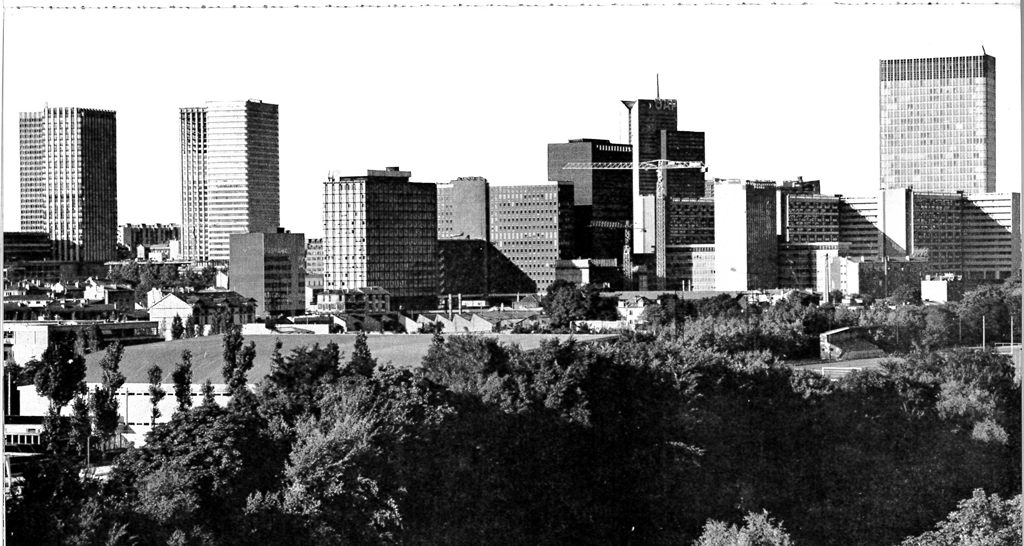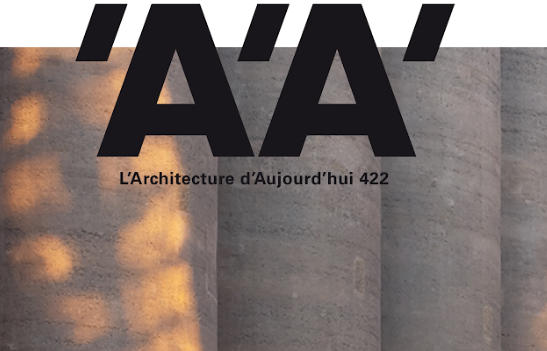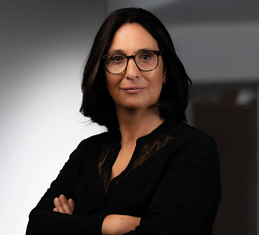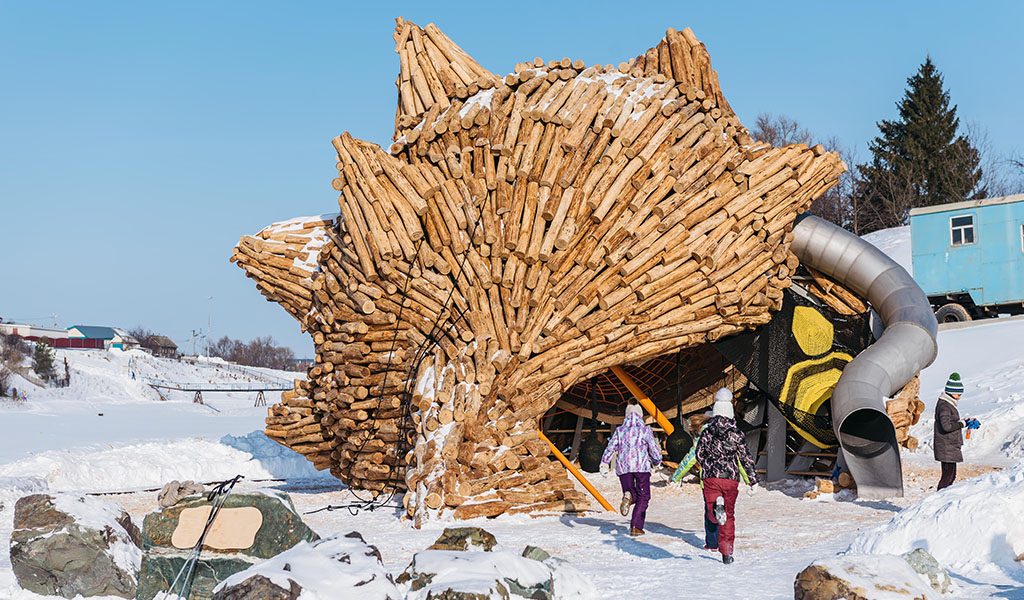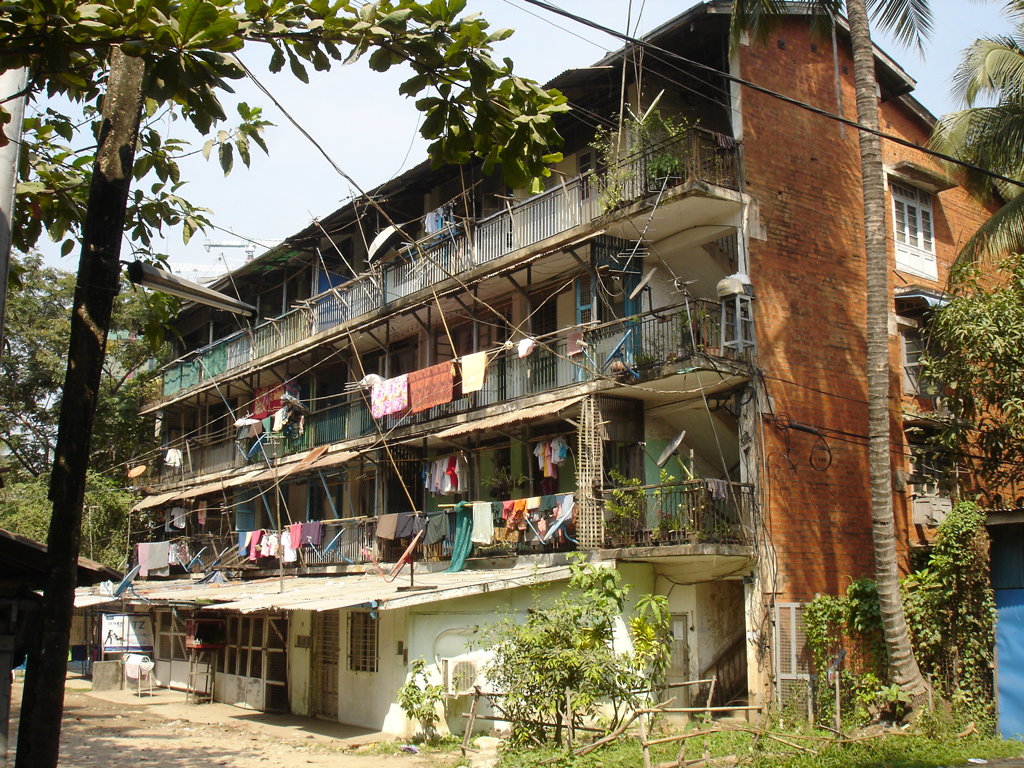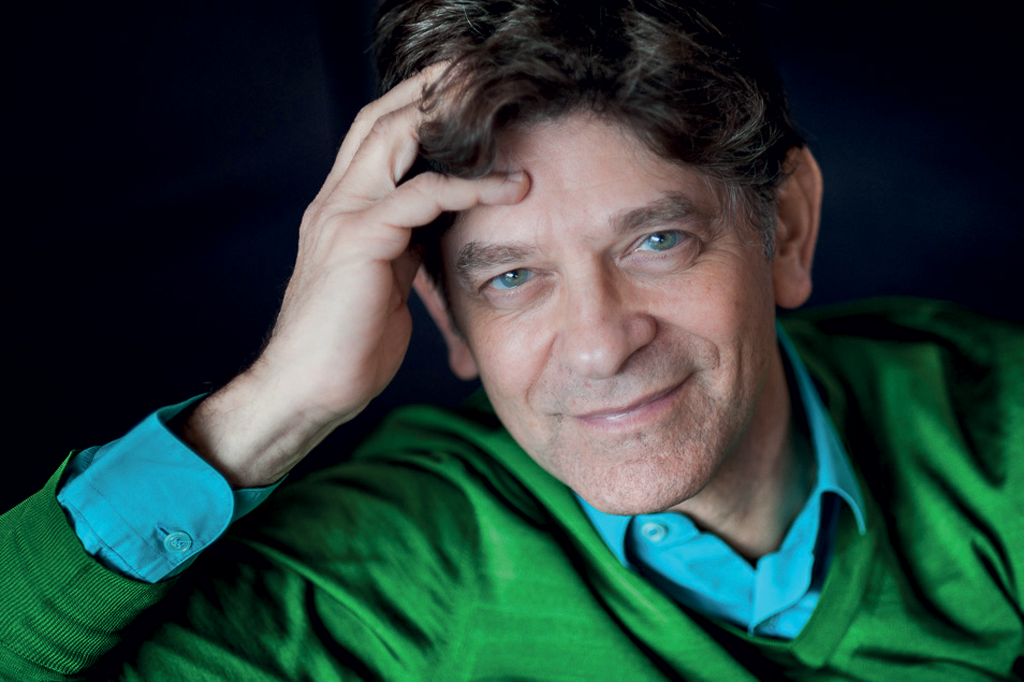
Transitional urbanism: an interview with Looking for Architecture
Founded in 2011 in Lyon by Antoine Trollat and Laurent Graber, the Looking for Architecture agency has notably carried out several transitional urbanism projects in the city, which renew our conceptions of the urban and question us about its future, as ephemeral and collaborative initiatives multiply in France. Antoine Trollat answered 3 questions for L'Architecture d'Aujourd'hui. Interview conducted by Clara Baudry.
About the Mazagran project, in the 7th arrondissement of Lyon, you say: “the complexity arises from the use and acceptance of the project in situation”. In your opinion, how do you encourage this acceptance of the project by users?
The consultation around the Mazagran project proved to be central in the construction of a shared narrative within the team. It infused the notion of continuity at each stage between the reflection and the project intention. It is in this sense, in particular, that the construction site was imagined very early on as an opportunity and not only as an intermediate and neglected stage between the decision to do something and its accomplishment. The construction site assumes its experimental character and becomes the place where the process through “doing” is as important as the finished result.
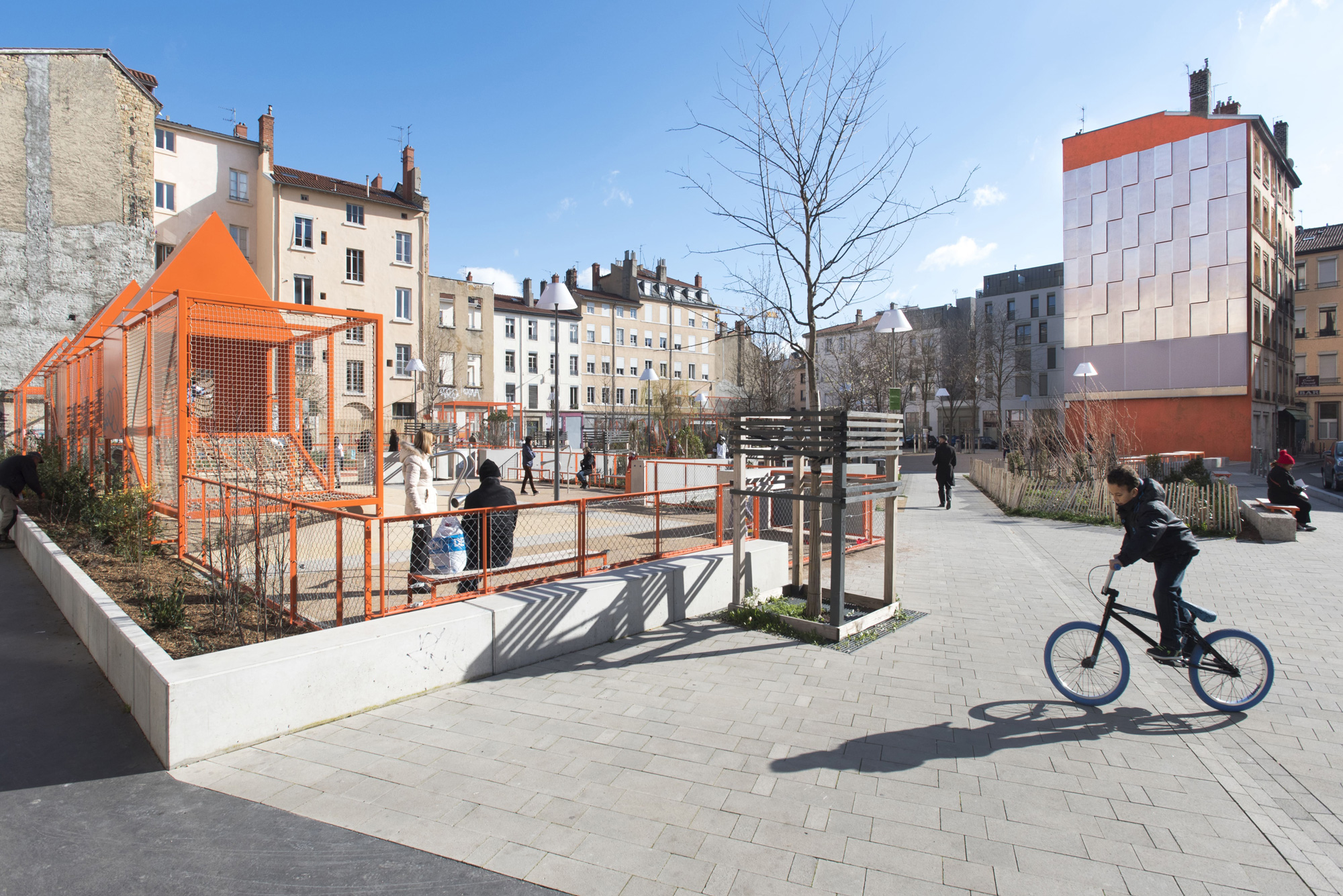
This posture refutes in a certain way the supposed authority of the architect and his affirmation of an aesthetic. The thought is functional without being functionalist. The space is not conceived by its assignment to a given use. It is simply capable. Able to accommodate a program that by definition is never fixed. Capable therefore of transforming, adapting and reinventing itself. In this logic, we have introduced our own vision of the program, suggesting invariants and allowing the project to continue to evolve. We believe that architecture can incorporate chance and disorder.
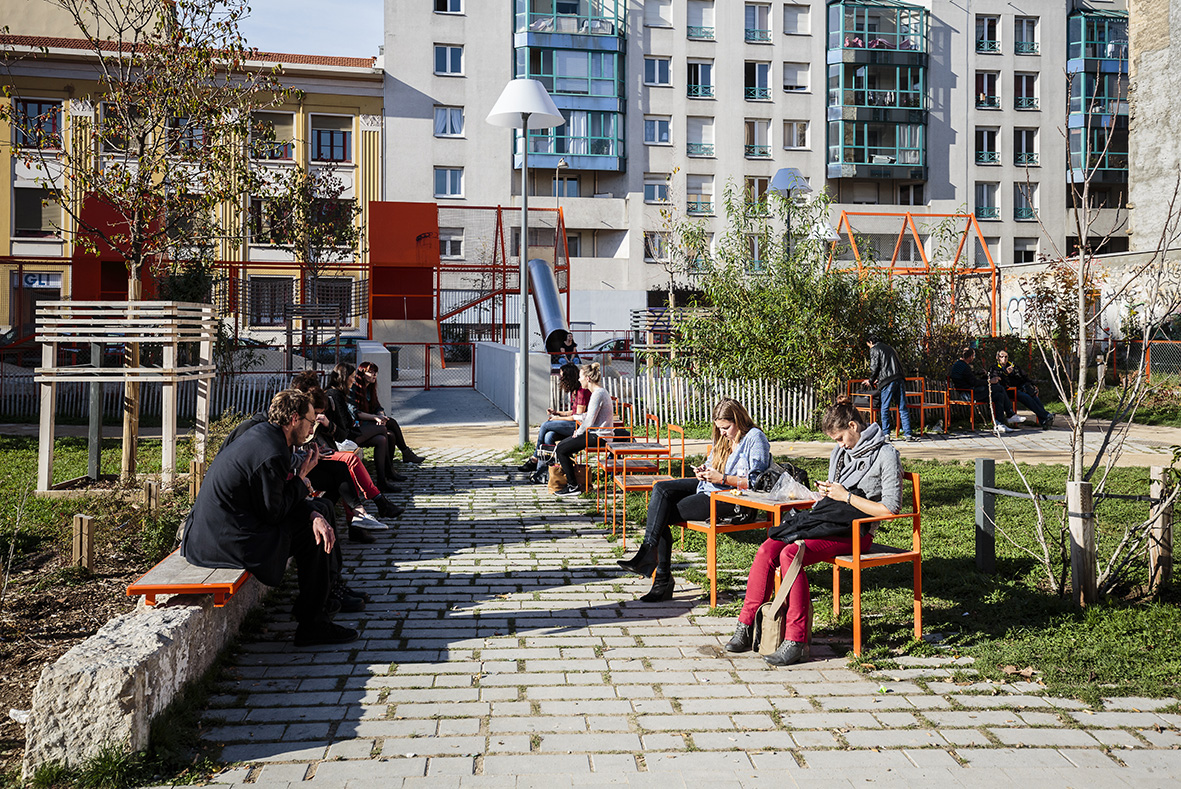
In your opinion, can this way of doing ephemeral urbanism modify the way of doing “perennial” urbanism? In what way?
The project we are conducting with Urban Era on the former Nexans wasteland in Lyon meets this challenge. This urban innovation laboratory aims to be an incubator for the practices of the future district. The project allows us to raise awareness of the future urban project among local residents, to test destinations and economic models and thus to build the programmatic framework of the project. In contrast to isolated and impersonal ZACs, this approach is the way in which we wish to carry out the act of building by anchoring it in its territory from the programming phase and by testing the uses.

The project of temporary occupation of a railway hall in the Jean Macé station in Lyon was commissioned by SNCF Immobilier (a public institution), whereas this occupation practice was, in the past, rather irreverent and even illegal. What does this development reveal?
Sncf immobilier or local authorities such as the Metropole of Lyon need to develop their heritage by inscribing it in a precarious manner in future urban rules. With these public structures, our work consists in giving back a status to the wasteland, a place in the city. We demonstrate the potential of uses to bring sites to life while waiting for the regulatory framework to evolve. Temporary occupation allows, we hope, to orient future regulations.
Alternative cultures often settle in the interstices or in spaces in movement. These cultures, the territory of our expression, very often anticipate the evolution of the city.
[Illustrations: Halles du Faubourg, another Looking For Architecture project in Lyon].
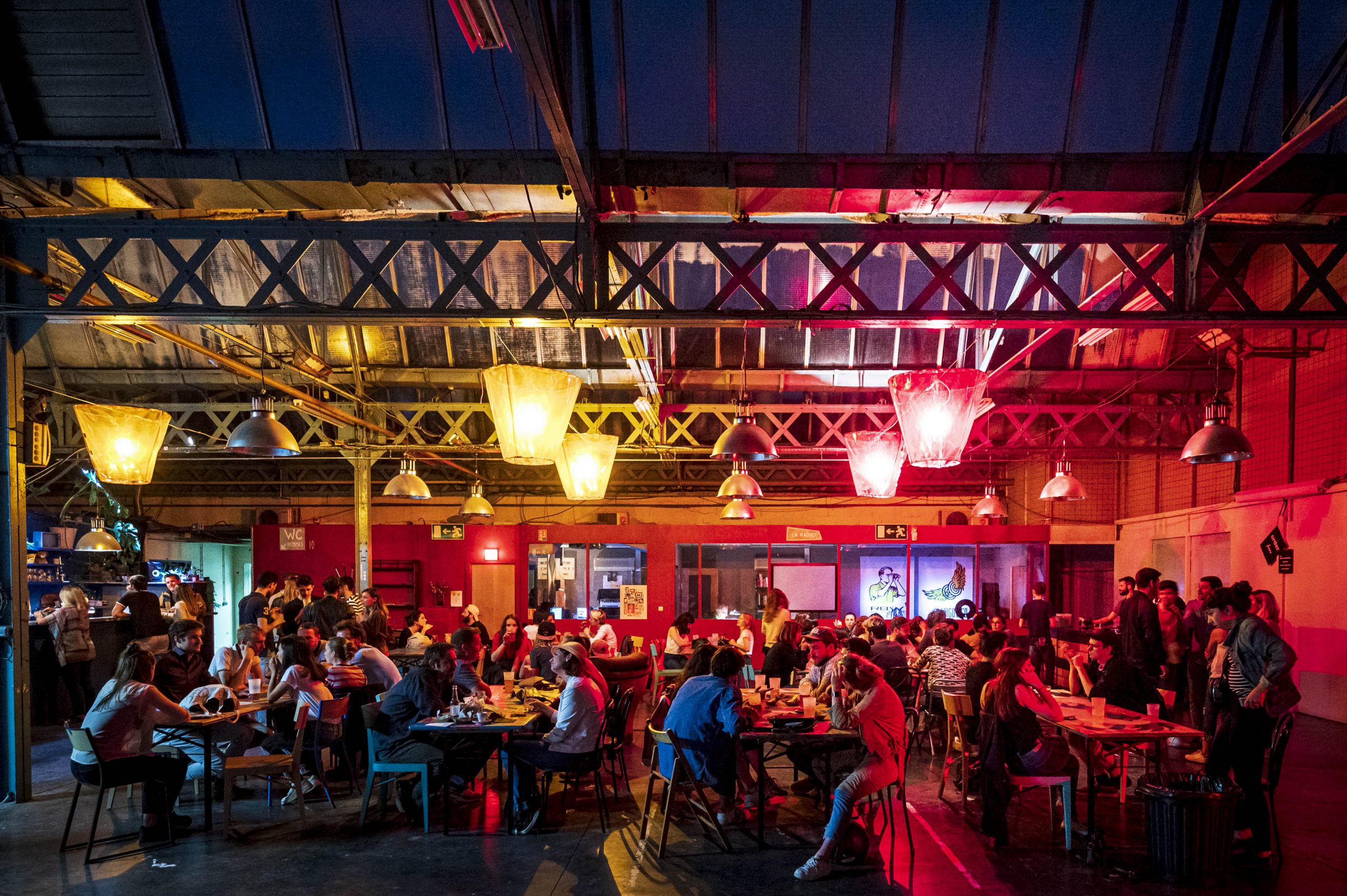
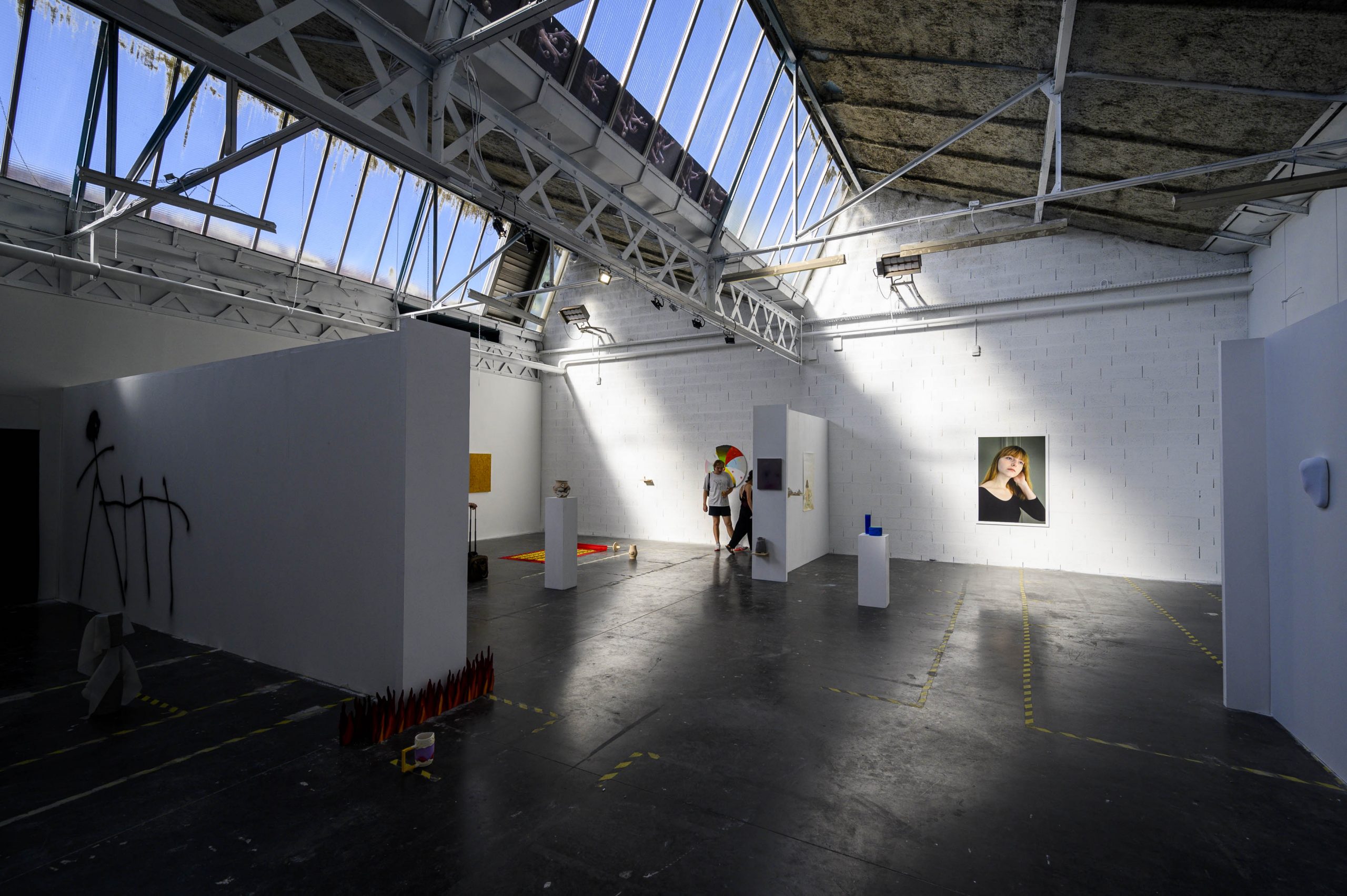
Discover more transitional urbanism projects in our issue 448: "What city tomorrow?" available on our online store.

